The all-new Specialized Diverge STR, a full suspension gravel bike
A first look at the all-new Specialized Diverge STR with front and rear Future Shock suspension.
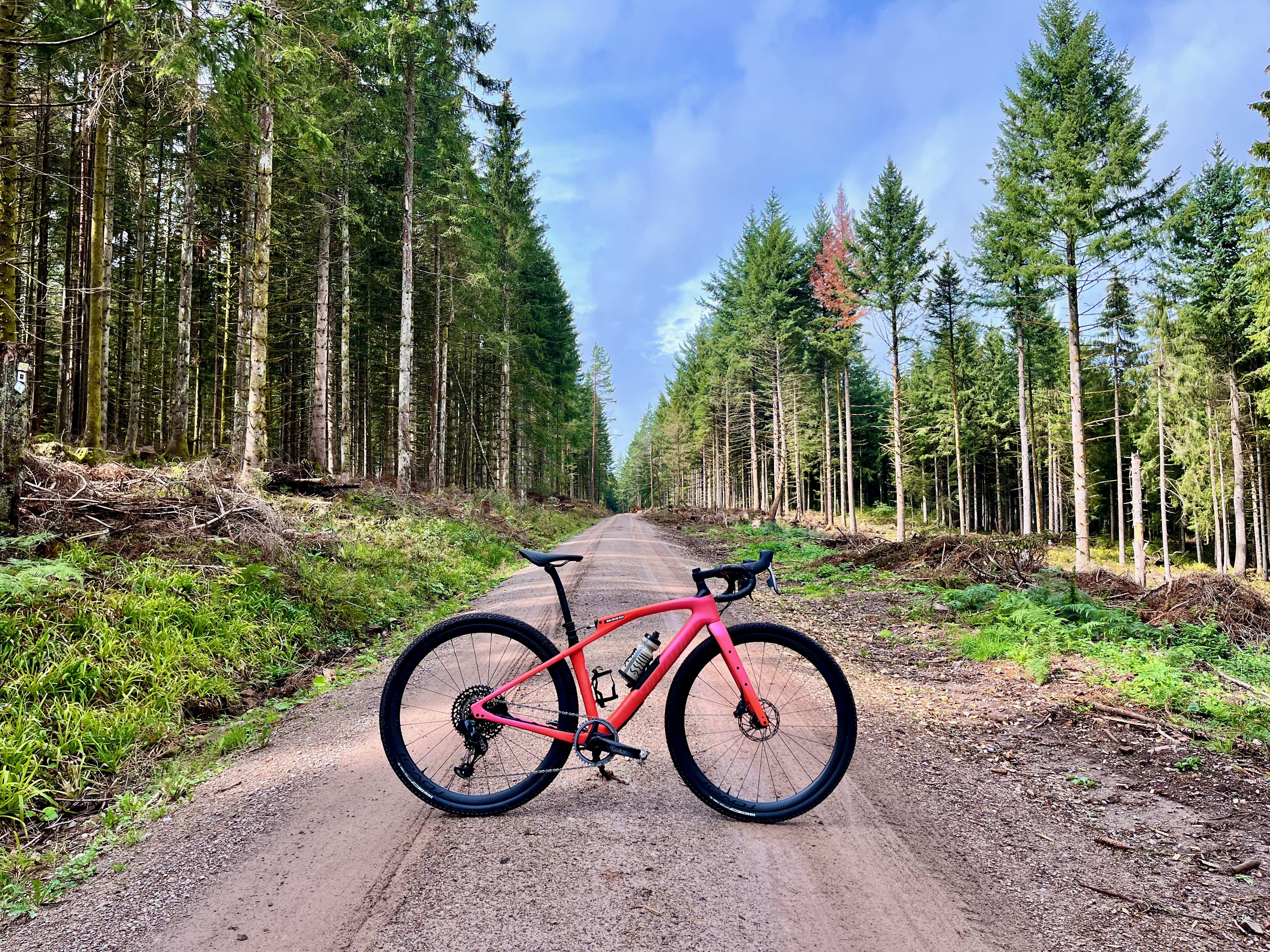

Specialized today unveiled its newest Diverge gravel bike, the Diverge STR, complete with front and rear suspension. By introducing a rear Future Shock, Specialized seeks to further isolate the rider from rough roads and find balance.
He will cringe if he ever reads this, but Chris D'Aluisio is one of the most fascinating brains (and persons!) in the bike industry today. It’s always fun to see what he comes up with. You can see his handiwork in everything from the Cannondale Lefty to just about anything Specialized has produced in the last two decades, including the SmartWeld technology (a.k.a D’Aluisio Smartweld), the Venge, the Tarmac and the Suspend the Rider project.
The latter has been D'Aluisio biggest and longest-running project yet, and one that has ultimately led to the rear Future Shock that Specialized is introducing today.
“I cannot understate just how much of a project this was,” D'Aluisio told Cycling Weekly with a smile.
It all started back in 2014 when the Specialized engineers were tasked with trying to solve a simply stated yet diabolically hard to solve problem: how to keep riders comfortable and in control on rough and bumpy rough roads while retaining the snappy acceleration, power transfer and handling we’ve all come love in the rigid, double diamond frame.
They came up with a “smoother is faster” philosophy, which reasoned that:
- Comfort means less fatigue, especially after a long day over rough terrain, be it the Paris-Roubaix cobbles or the Flint rocks at Unbound.
Get The Leadout Newsletter
The latest race content, interviews, features, reviews and expert buying guides, direct to your inbox!
- A smoother ride increases your ability to apply constant, less stochastic power.
- Smoothness also aids in traction, which in turn aids in speed. When tires stay planted, this increases the rolling efficiency and correlates to greater speed and acceleration.
From this philosophy we saw the emergence of wider tire clearance; a 20mm front-end, spring-loaded Future Shock suspension in the Specialized Roubaix and later, the Diverge; and the lowering of seat stays far below the seatpost clamp, allowing for a highly flexible seat mast and dampened ride. The latest version of the Future Shock 2.0 was released in May 2020 and added a dampener and adjuster to the front-end suspension, but the project continued.
Why? Because as early as 2017, D'Aluisio and his team realized that while the front-end Future Shock did a great job isolating riders from the bumpy surface below, the bike no longer felt balanced. “The front was outshining the rear,” D'Aluisio said.

Chris D'Aluisio on the right riding with CW contributor Josh Patterson
While the dropped seat post clamp and seat post deflection does achieve a decent amount of rear-end compliance, it reached its limits with the increasingly rough terrain common in today's events.
And so back to the drawing board the engineers went. How could they get the rider isolated from the increasingly big bumps below?
“We wanted to get the whole bike suspended,” said D'Aluisio. “So we tried all the typical mountain bike rear suspension systems, but didn’t find any love in this.”
They did, however, find inspiration in the concept of a suspension seatposts.
“We understood that suspension seatpost, that have the action on the top, have a lot of positive things, but a lot of drawbacks too. They don't have a dampener, they have high weight, they're not very good to look at, and they're mostly an add-on, right? But we liked the positives of it,” said D'Aluisio.
And so the wheels in D’Aluisio’s head started turning.
The Specialized engineers were working on a theory around the wheel and rider path when encountering a bump. They observed that “if the front wheel stays on the ground and the rear wheel hits a bump, the opposite direction of that path—the one needed to isolate the rider—is down and back,” D’Aluisio explained. “The direction of travel should be equal to and opposite of the wheel’s path.”
D’Aluisio set to work, creating some rather wild looking prototypes, which Specialized was willing to share. These early prototypes include eccentric bottom brackets, air shocks in the down tube and seatposts with integrated shocks and dampers:
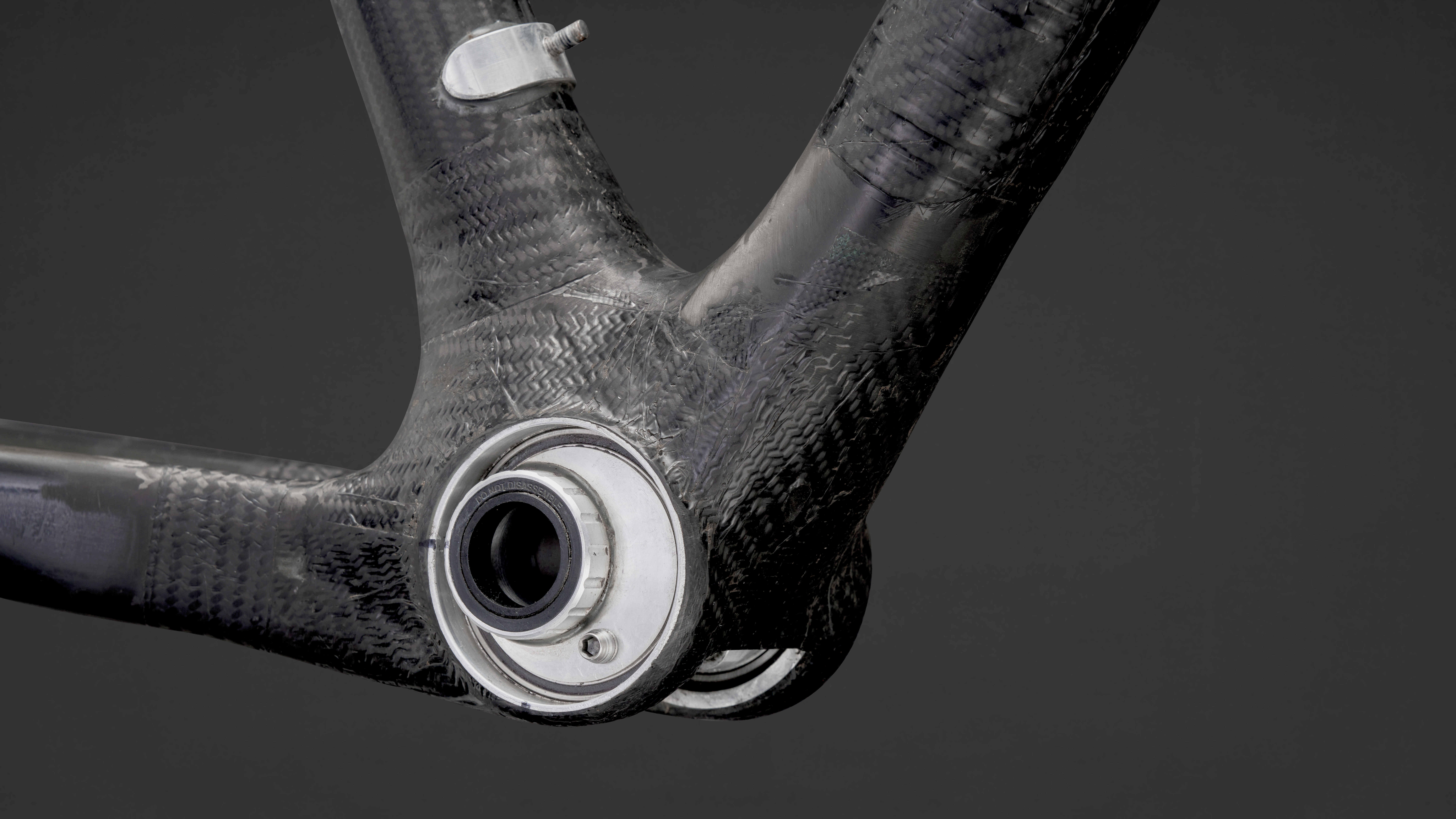
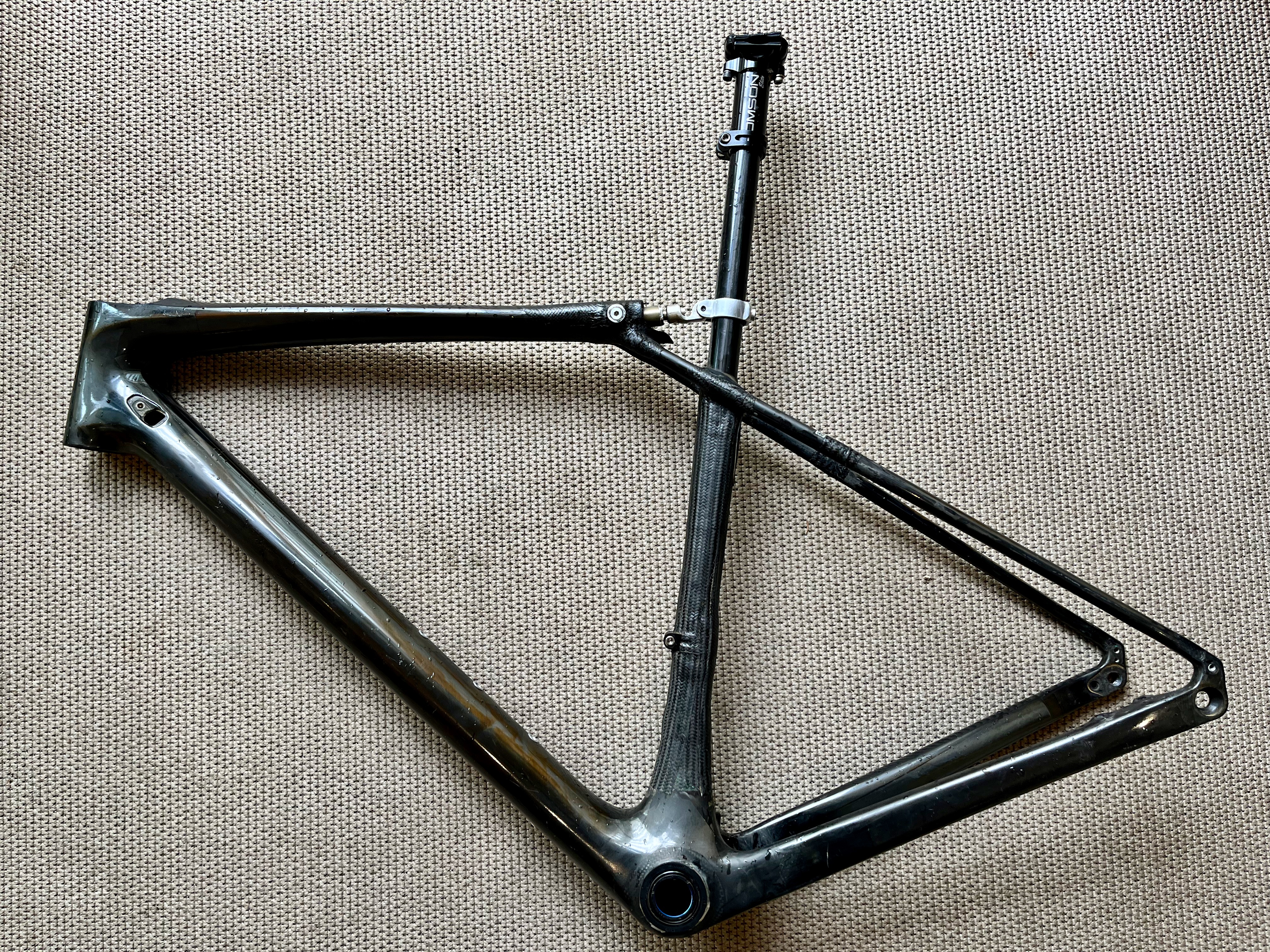
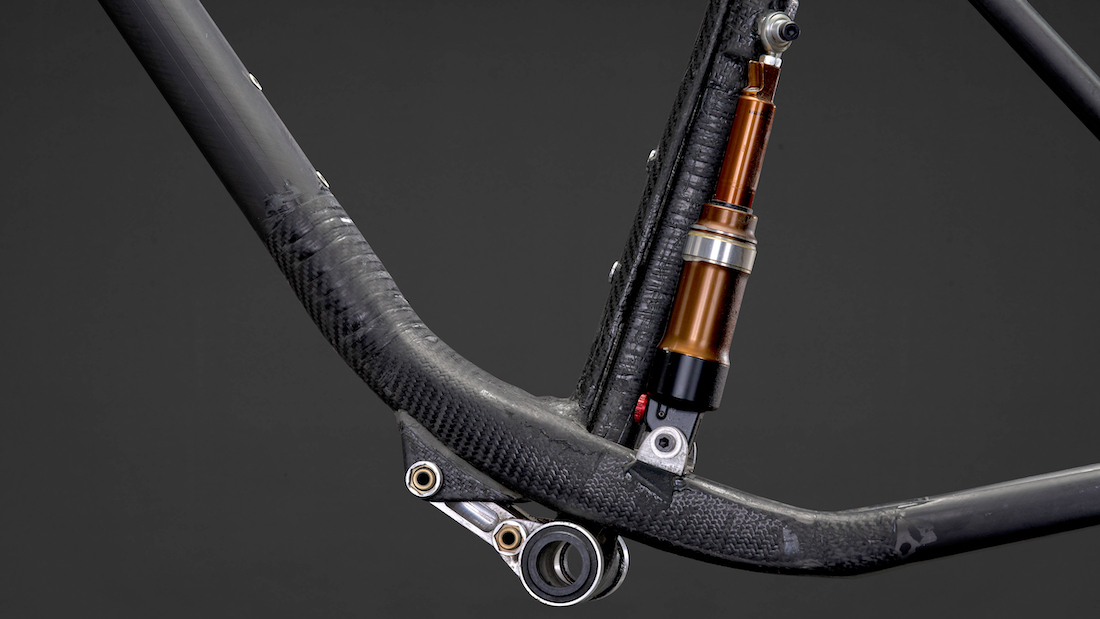
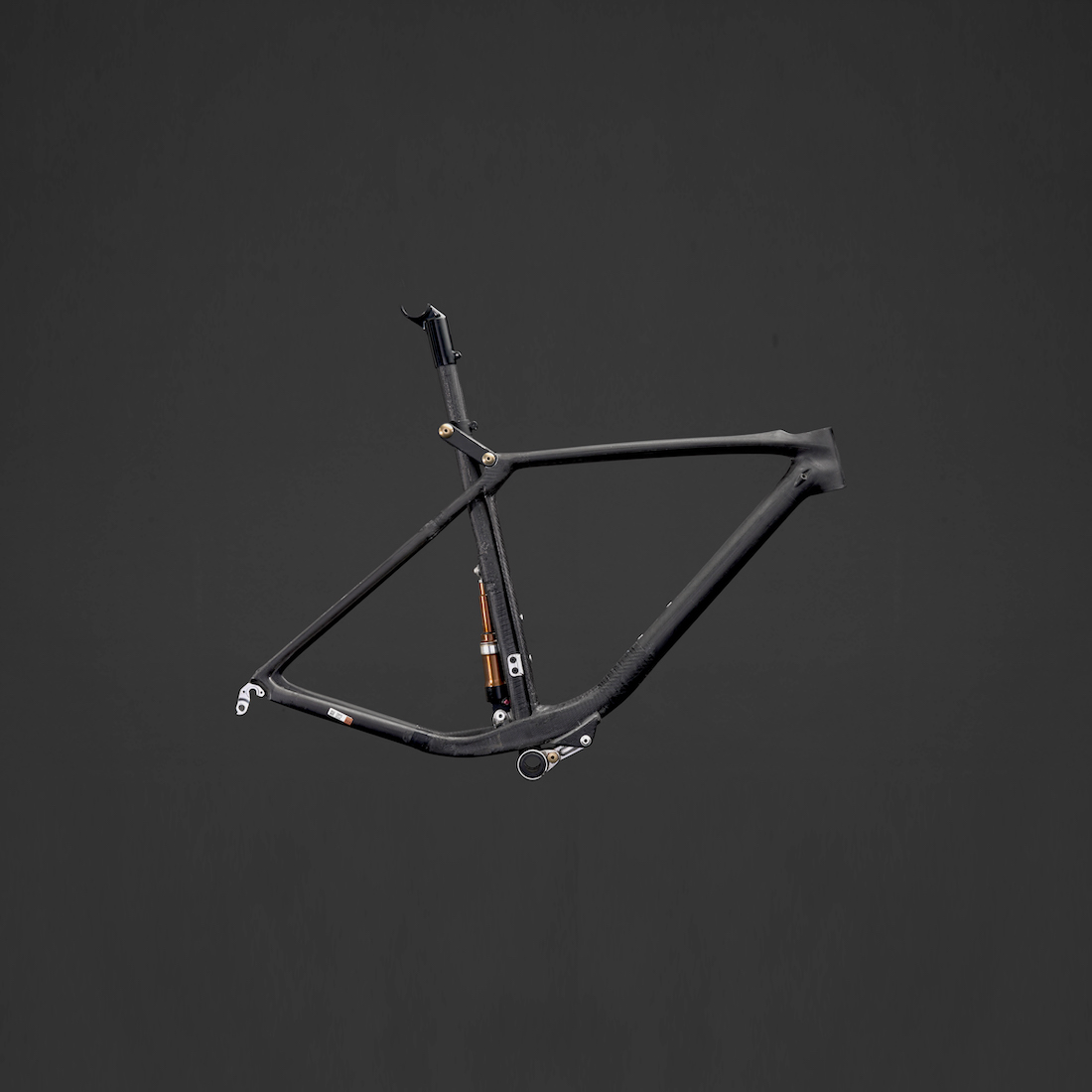
Some of the Specialized Diverge STR prototypes

While effective and/or promising, many of these designs were too heavy or too complicated to ever see production, D'Aluisio said.
Many of these concepts also lacked another key ingredient: adjustability. Travel and its control need to be adjustable so every rider of every weight, on any size bike would get the optimal performance.
D'Aluisio and his team ultimately concluded that seatpost defection was the way forward, allowing a frame post to do the work while a separate air shock would handle the dampening and the rebound, effectively taking the place of the traditional —and often problematic— linkages.
After three years, some 350 frame post samples, and literally millions of test cycles to validate this new technology, Specialized is ready to roll out the rear Future Shock to the masses.
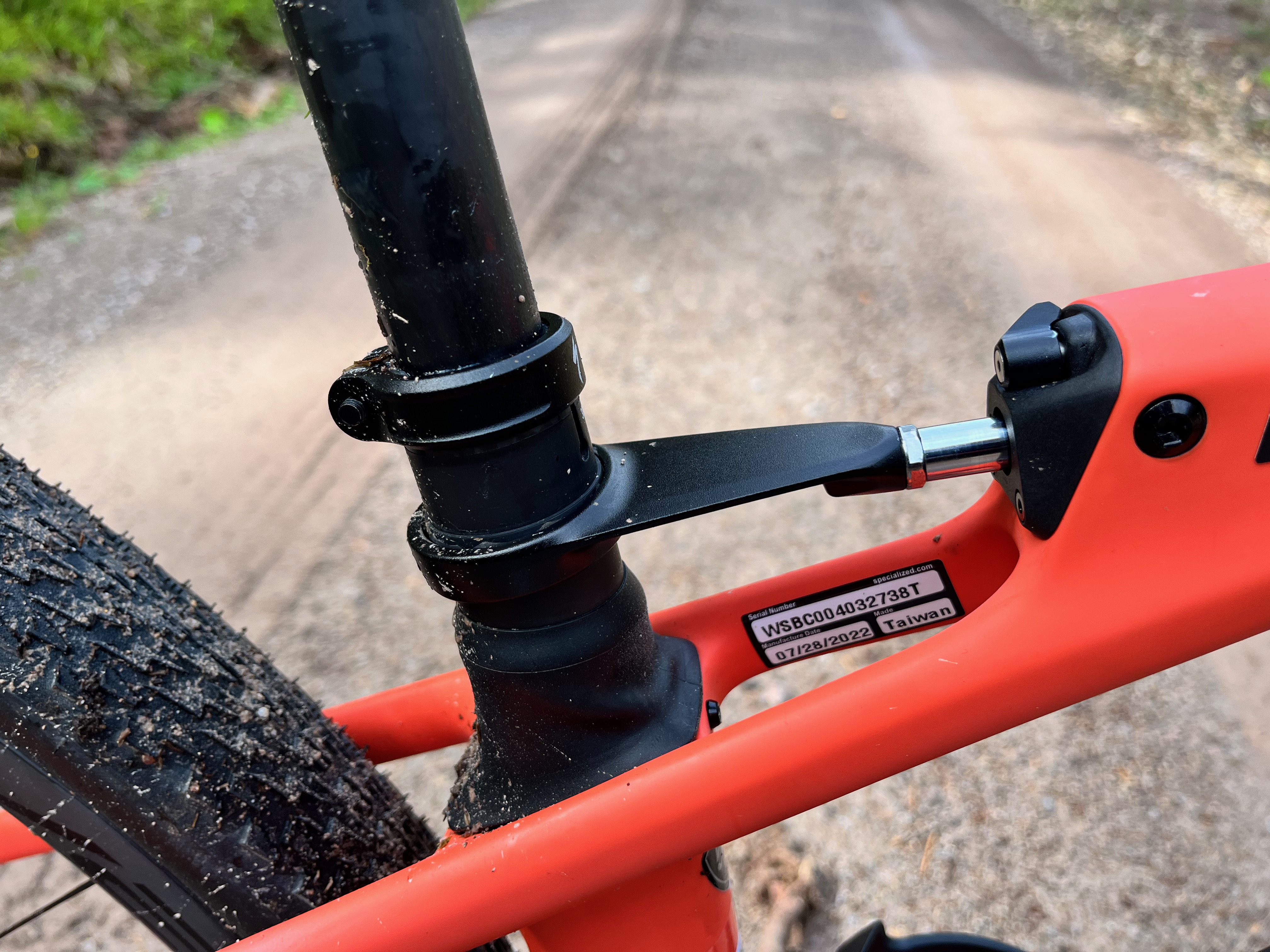
Introducing Rear Future Shock:
What it is:
In layman terms, the rear Future Shock consists of a composite frame post that sits inside the seat tube. This frame post has the ability to move back and forth, effectively moving the saddle 30mm back and downward along the seat tube axis.
The movement is dampened and controlled by an air shock that sits in the top tube and is connected to the frame post via a bendable but sturdy aluminum piece called the tendon.
The hero of the whole system, the frame post serves as a spring if you will. Specialized has produced nine different frame posts, each with a different layup to suit a variety of rider weights and frame sizes. Each bike frame size comes with two different frame posts and each post in turn has a stiffer and more flexible side, tunable to the rider’s preference.
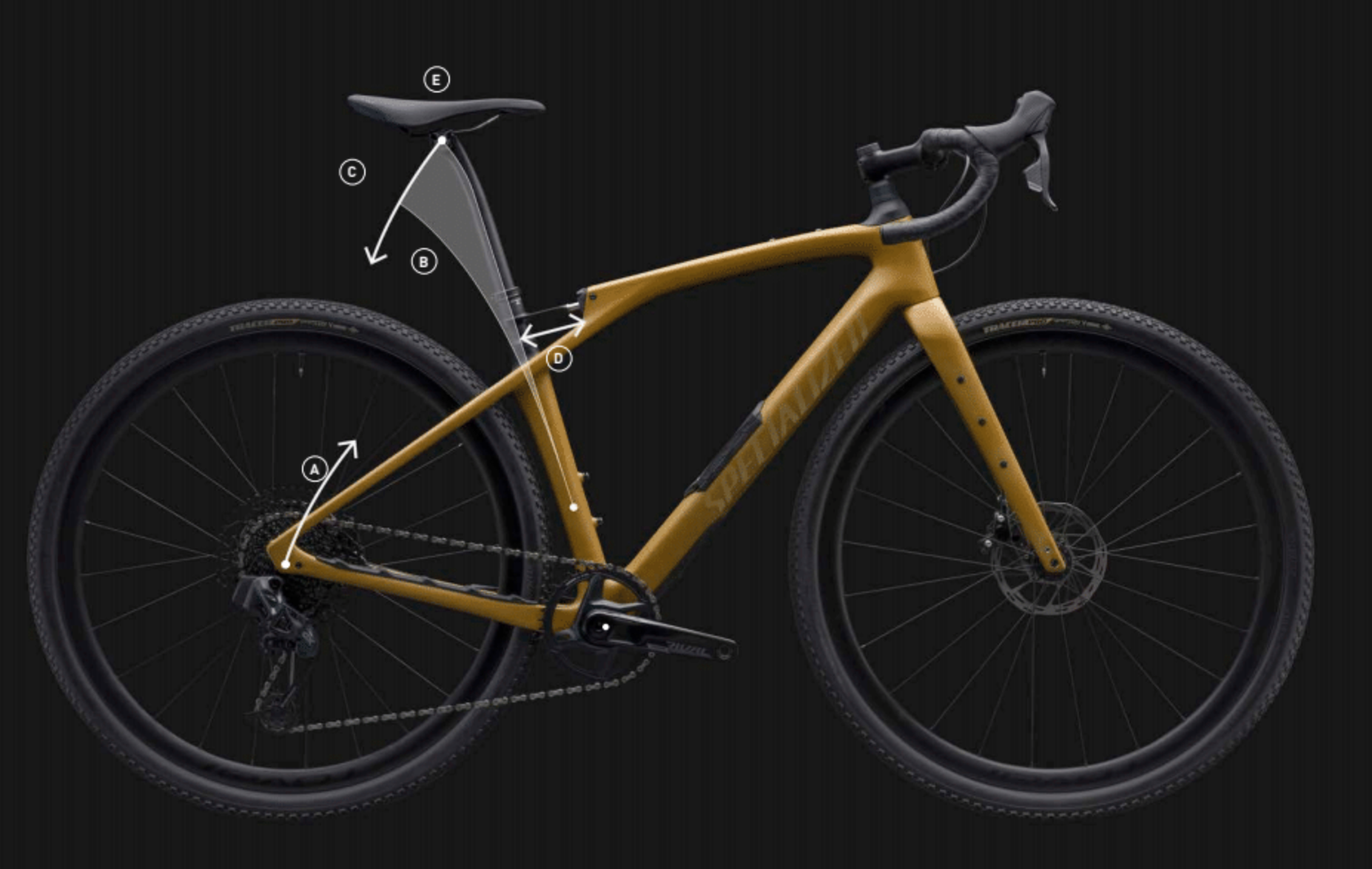
A.) When the rear wheel encounters a bump, it moves up
B.) The frame post works as a spring, moving backwards and down in response.
C.) Its direction of travel is equal and opposite to the wheel’s path.
D.) The air shock damper controls the movement of the frame post backwards and forwards, giving the rider a smooth ride in the saddle while maintaining the same saddle height and position in space.
What it does and how to tune it
As a system, the rear Future Shock delivers up to 30mm of travel that is tunable and features hydraulic damping to control travel and rebound.
The idea is that when the rear wheel encounters a bump, it moves up. The frame post works as a spring, moving backwards and down in response. Its direction of travel is equal and opposite to the wheel’s path. The air shock damper in the top tube controls the movement of the framepost backwards and forwards, giving the rider a smooth ride in the saddle while maintaining the same saddle height and position in space — the bike moves underneath the rider.
On smooth surfaces rear Future Shock remains still, but when bumps are encountered, the rear-end springs into action. Specialized’s Human Performance Team found that in comparison to the current Diverge, the Diverge STR reduces vibration at the saddle over 20%.
As mentioned, each frame size comes with two different frame posts, each with a stiff and soft side. Once you’ve chosen your preferred frame post, switching between the soft and stiff side of a post can be done on the fly. You simply loosen the bolt below the seatpost clamp, turn your frame post 90 degrees, re-tighten the bolt, adjust your saddle and go. If neither frame post suits your needs, additional posts can be obtained through a Specialized dealer.
Making adjustments to the dampener is even easier. There's a small lever on the top tube that provides three levels of compression damping that you can toggle between while riding. Rebound speed can be adjusted with a hex key through a hole in the base of the top tube.
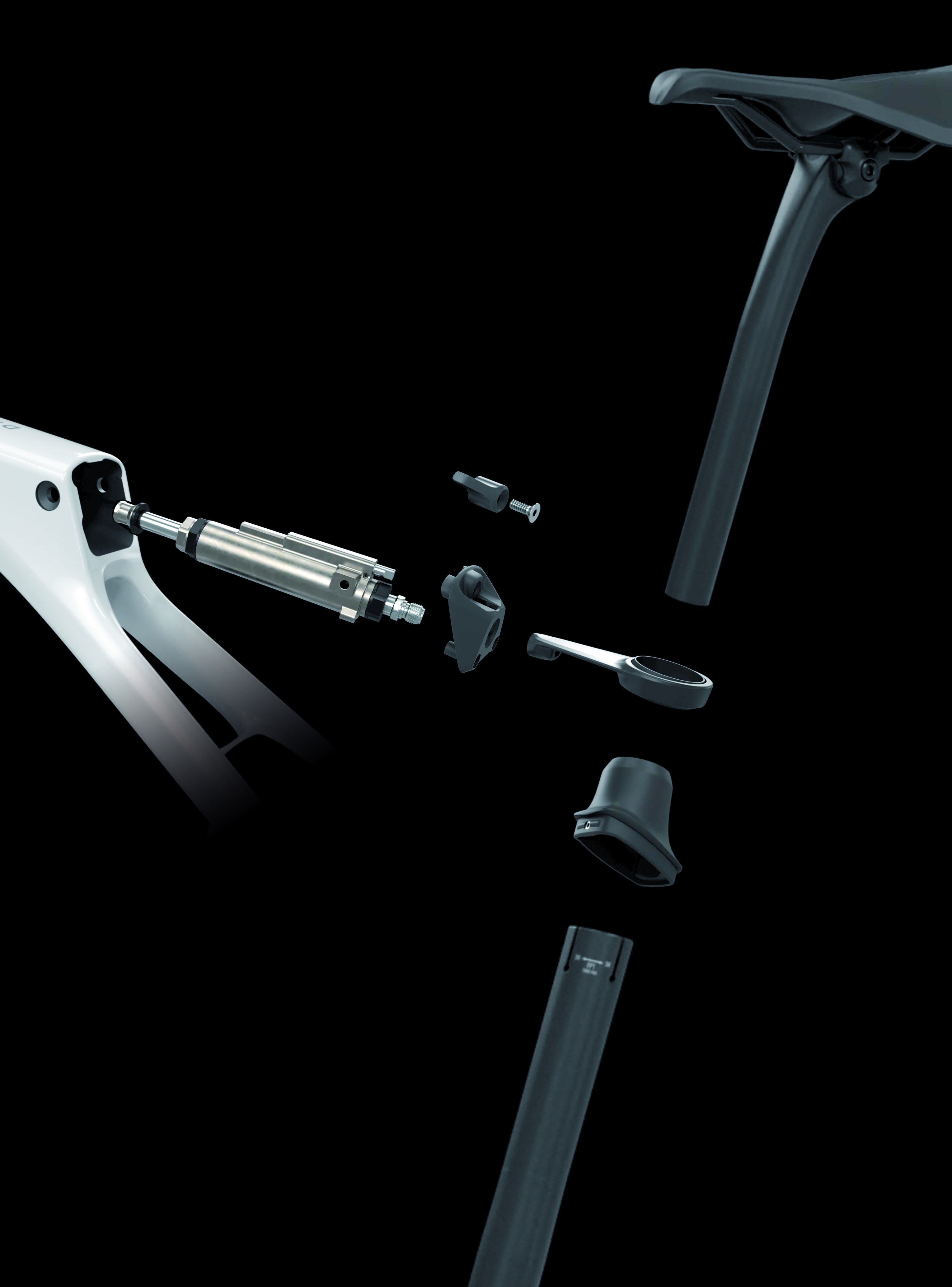
Weight and serviceability
Specialized claims that the whole system only weighs about 400 grams.
A painted 56cm frame with no hardware weighs 1,100g. A complete Diverge STR system with all the bells and whistles weighs less than 400g more than the S-Works Diverge frameset.
A complete 56cm S-Works Diverge STR weighs 8.5kg set up tube-less out of the box. Pro and Expert models come in at 8.9kg and9.5kg, respectively.
The frame post itself is said to have an “infinite lifespan” and the whole system in general is protected from the usual gravel grime and should last a long time. The dampener piece will wear out over time, however, and like a chain or cassette will need to be replaced. It does, however, come with a two-year warranty and service period.

Introducing: The Diverge STR
While the new rear Future Shock takes the spotlight, the rest of the new Diverge STR is no slouch either.
Billed as the “most capable” gravel bike Specialized has ever made, the Diverge STR sports both the Future Shock 2.0 in the front and the new rear Future Shock, has clearance for 650b x 2.1” or 700c x 47mm tires, has plenty of eyelets for mounting gear, and carries over the internal SWAT™ compartment we’ve come to appreciate about the current Diverge. And for the really rowdy riders, the Diverge STR is also dropper post compatible and sports a standard 27.2mm seatpost diameter.
Geometry-wise, bike sizing will remain consistent among the Diverge line. The stack and reach of the Diverge STR models are the same as other Diverge models, and there are just three minor differences that separate the STR models from others: the BB Drop is increased from 80 to 85mm, the chainstay length has increased from 425mm to 429mm and the seat tube angle is ~0.5 degrees steeper to compensate for sag in the STR system.
With that said, Specialized does recommend adjusting your static saddle position 5 to 10mm forward and slightly angled down from your normal position. With this setup, your sagged riding position should be consistent with a rigid bike.
Former WorldTour roadie turned gravel pro Ian Boswell won the infamous Unbound 200 gravel race in 2021 and hopes to reclaim the top step of the podium in 2023. The Diverge STR will be his weapon of choice come June.
“As the events become more competitive, you’re applying power longer. Being able to smooth pedal over rough sections is definitely an added advantage,” Boswell told Cycling Weekly.
“This is still a light performance race bike, and while it’s comfortable, I can still put in the power to be at the front end of the races.”
Boswell got to test ride a prototype early in the season and smiles at the memory.
“We were going over some train tracks and I was just laughing because it felt so smooth,” he recalled.
The Diverge STR line:

S-Works Diverge STR
Color: Satin Forest Green/Dark Moss Green/Black Pear
Price: $14,000 USD / €15,000 / £13,000
Replacing the current S-Works Diverge (sans rear suspension), the S-Works Diverge STR is built around a FACT 11r carbon frameset with front and rear Future Shock suspension. The build includes SRAM’s Red eTap AXS Eagle groupset with a 10-50 cassette and a Quarq power meter.
The bike rolls on the new, and lighter, Roval Terra CLX II wheels wrapped in tubeless 42mm Tracer Pro tires.
Completing the package are Terra carbon bars, an S-Works carbon seatpost and the S-Works Power with Mirror saddle.
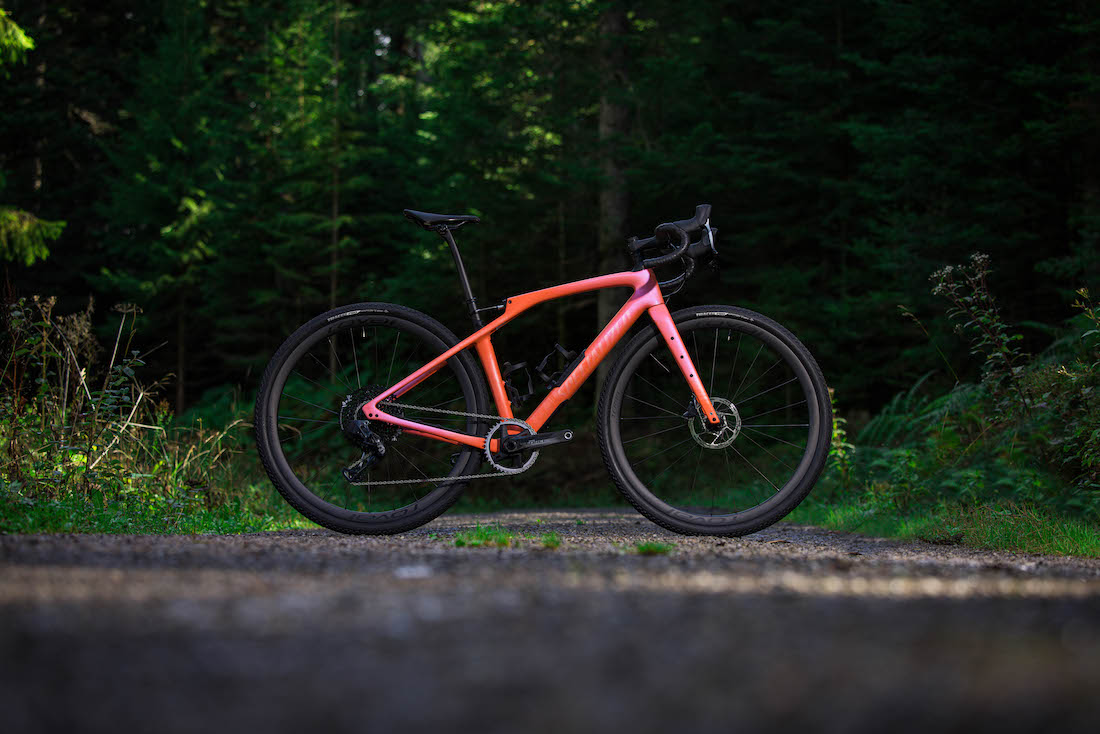
Diverge STR Pro
Color: Satin Blaze/Violet Ghost Pearl Fade
Price: Pro: $9,500 USD / €9,500 / £9000
With the most standout color of the bunch, the coral Diverge STR Pro sports the same FACT 11r carbon frameset with front and rear Future Shock suspension but is powered by a SRAM’s Force eTap AXS Eagle groupset instead.
It comes with the Roval Terra CL wheels wrapped in tubeless 42mm Tracer Pro tires. The Terra carbon handlebars, an S-Works carbon seatpost, and Power Pro saddle complete the build.
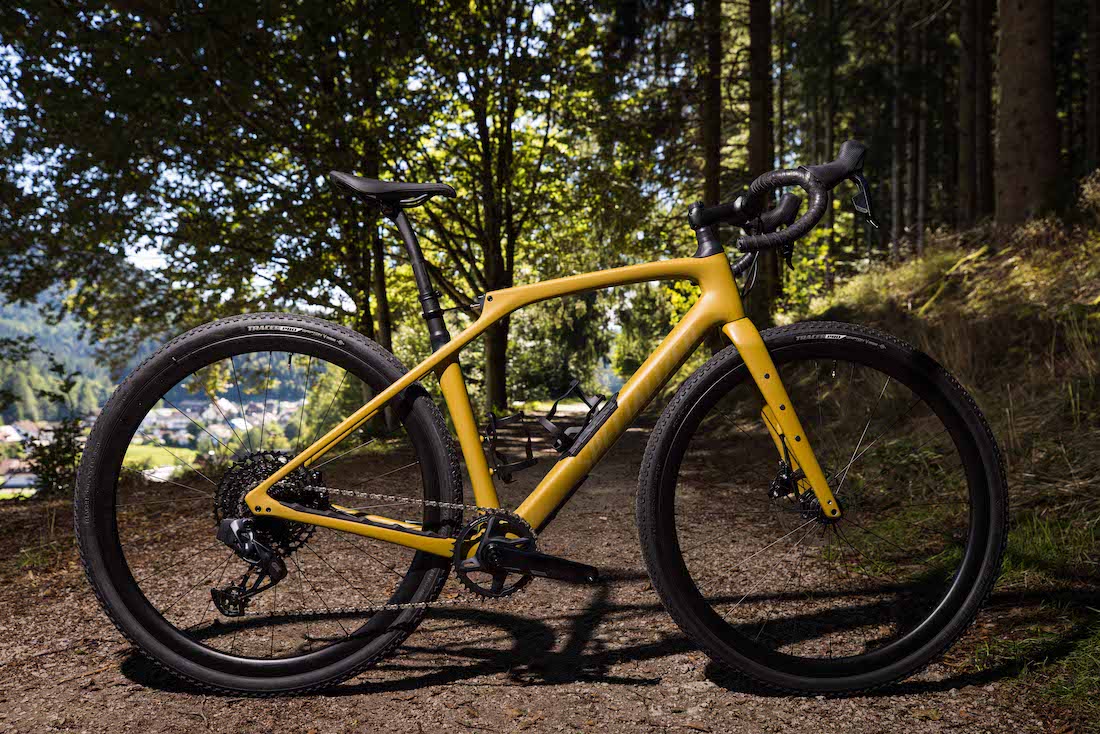
Diverge STR Expert
Color: Satin Harvest Gold/Gold Ghost Pearl or Satin Black/Diamon Dust
Price: $7,500 USD / €9,500 / £7500
The STR entry point comes with the FACT 11r carbon frameset complete with front and rear Future Shock suspension. It’s equipped with a SRAM Rival eTap AXS Eagle groupset, Roval Terra C wheels wrapped in tubeless 42mm Tracer Pro tires, Adventure Gear alloy handlebars, an S-Works carbon seatpost and the Power Expert saddle.
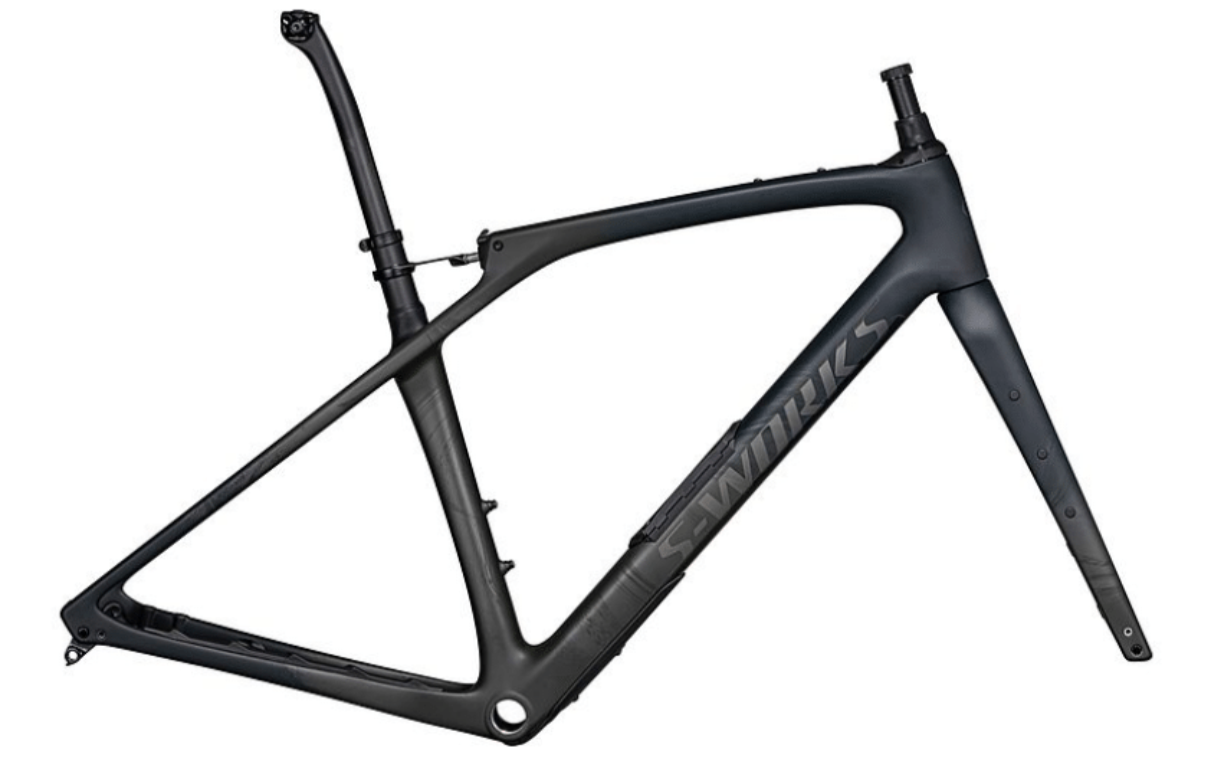
Diverge STR Frameset
Sold in the U.S. only.
Color: Satin Forest Green/Dark Moss Green/Black Pear
Price: $6,000

Thank you for reading 20 articles this month* Join now for unlimited access
Enjoy your first month for just £1 / $1 / €1
*Read 5 free articles per month without a subscription

Join now for unlimited access
Try first month for just £1 / $1 / €1

Cycling Weekly's North American Editor, Anne-Marije Rook is old school. She holds a degree in journalism and started out as a newspaper reporter — in print! She can even be seen bringing a pen and notepad to the press conference.
Originally from the Netherlands, she grew up a bike commuter and didn't find bike racing until her early twenties when living in Seattle, Washington. Strengthened by the many miles spent darting around Seattle's hilly streets on a steel single speed, Rook's progression in the sport was a quick one. As she competed at the elite level, her journalism career followed, and soon, she became a full-time cycling journalist. She's now been a journalist for two decades, including 12 years in cycling.
-
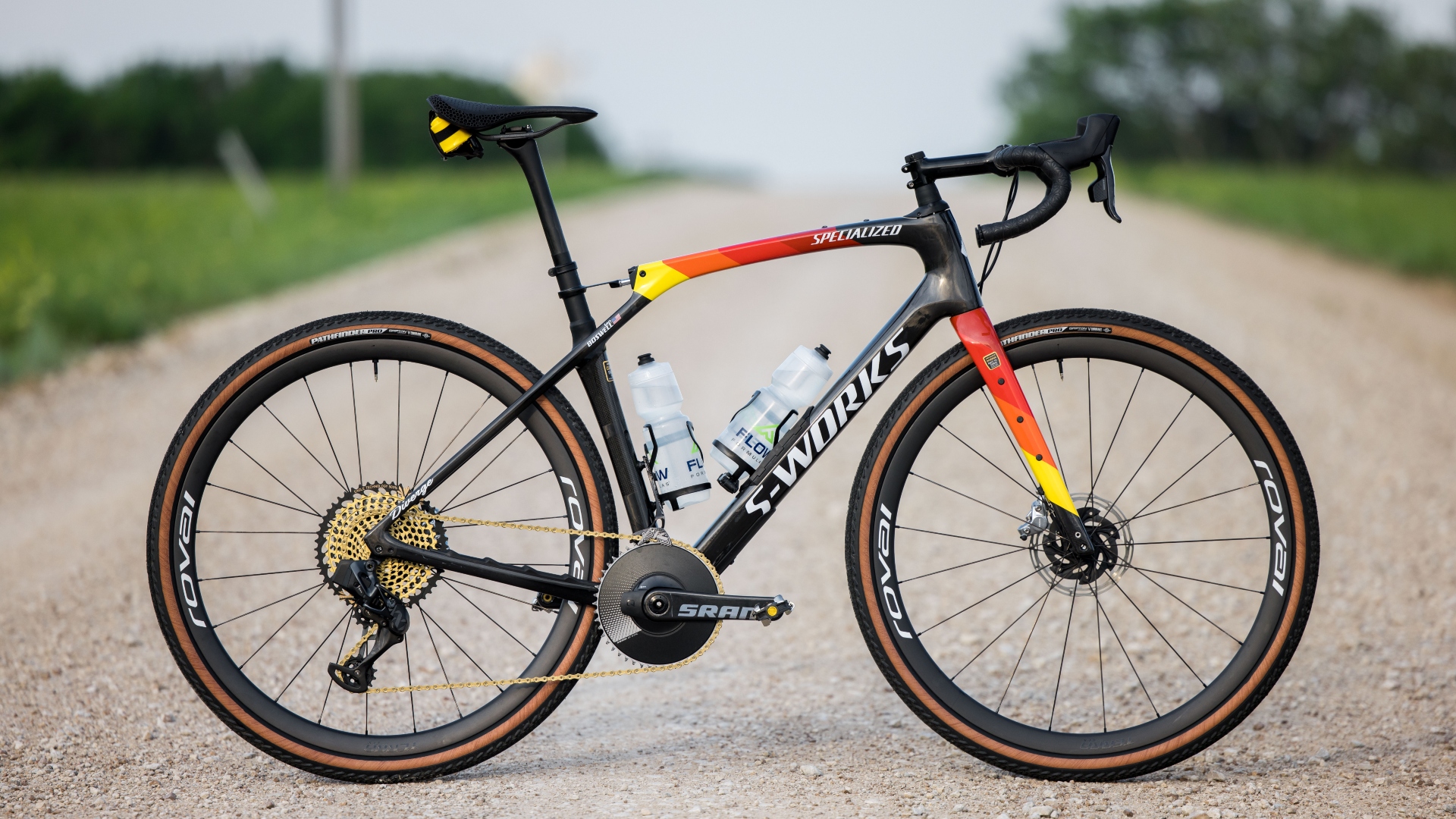 Acceptable in the 80s - Specialized reveals heritage-inspired colorway for Unbound Gravel 2023
Acceptable in the 80s - Specialized reveals heritage-inspired colorway for Unbound Gravel 2023Ian Boswell, Sofia Villafane and other Specialized athletes will again be racing aboard custom -painted bikes at Unbound Gravel. Here's the story behind this year's paint.
By Joe Baker Published
-
 New Specialized Diverge STR review: Is smoother indeed faster?
New Specialized Diverge STR review: Is smoother indeed faster?The all-new Specialized Diverge STR features front and rear Future Shock suspension. How does it ride? Is it indeed faster? We went to find out.
By Anne-Marije Rook Published
-
 'I'll take a top 10, that's alright in the end' - Fred Wright finishes best of British at Paris-Roubaix
'I'll take a top 10, that's alright in the end' - Fred Wright finishes best of British at Paris-RoubaixBahrain-Victorious rider came back from a mechanical on the Arenberg to place ninth
By Adam Becket Published
-
 'This is the furthest ride I've actually ever done' - Matthew Brennan lights up Paris-Roubaix at 19 years old
'This is the furthest ride I've actually ever done' - Matthew Brennan lights up Paris-Roubaix at 19 years oldThe day's youngest rider reflects on 'killer' Monument debut
By Tom Davidson Published
-
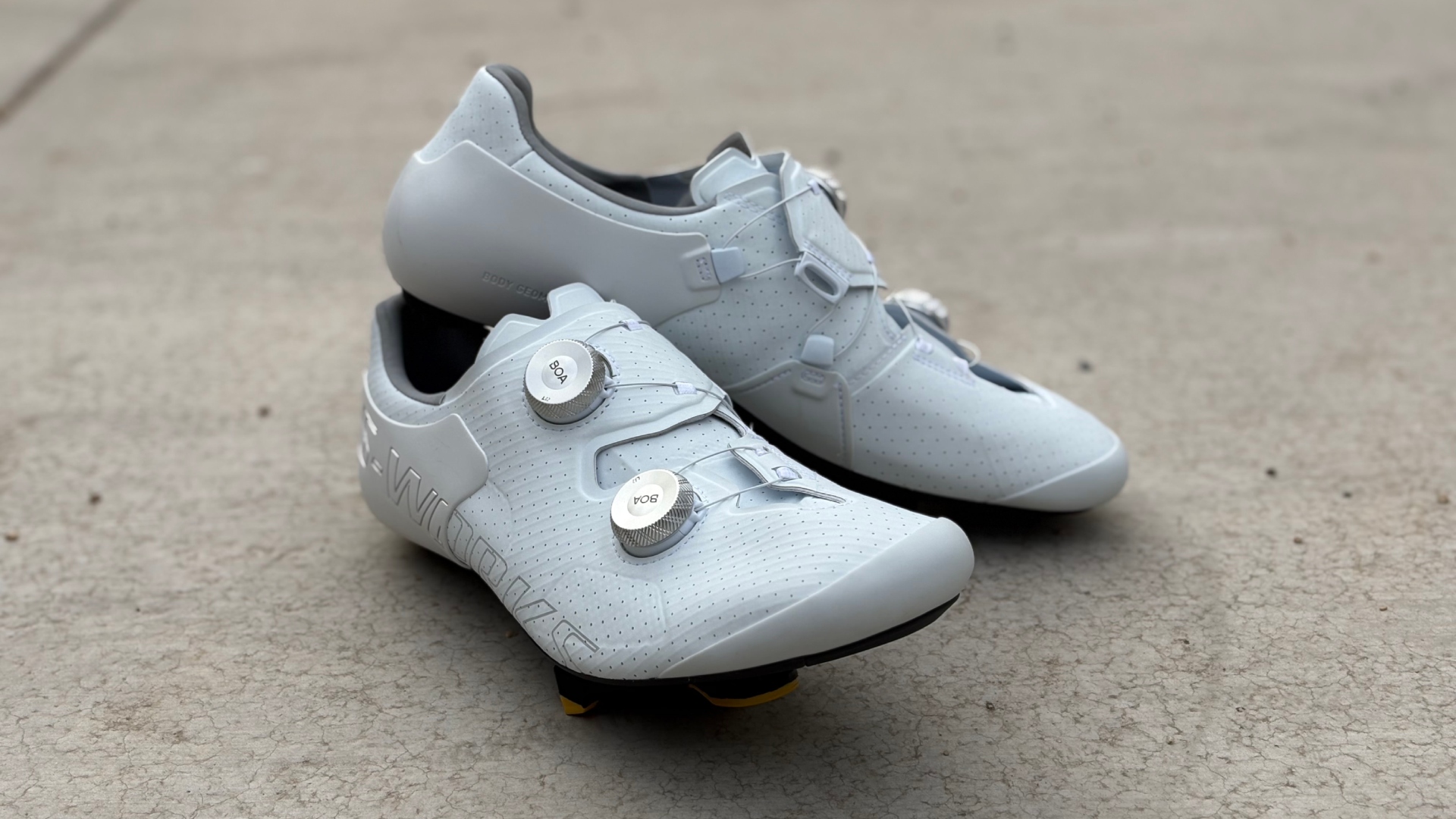 'The Ares 2 feels like a riskier investment than it should be' - a first-ride review of Specialized's new top-tier road shoe
'The Ares 2 feels like a riskier investment than it should be' - a first-ride review of Specialized's new top-tier road shoeThe Ares 2 brings refined Body Geometry and an even bigger price tag to the Specialized shoe lineup
By Logan Jones-Wilkins Published
-
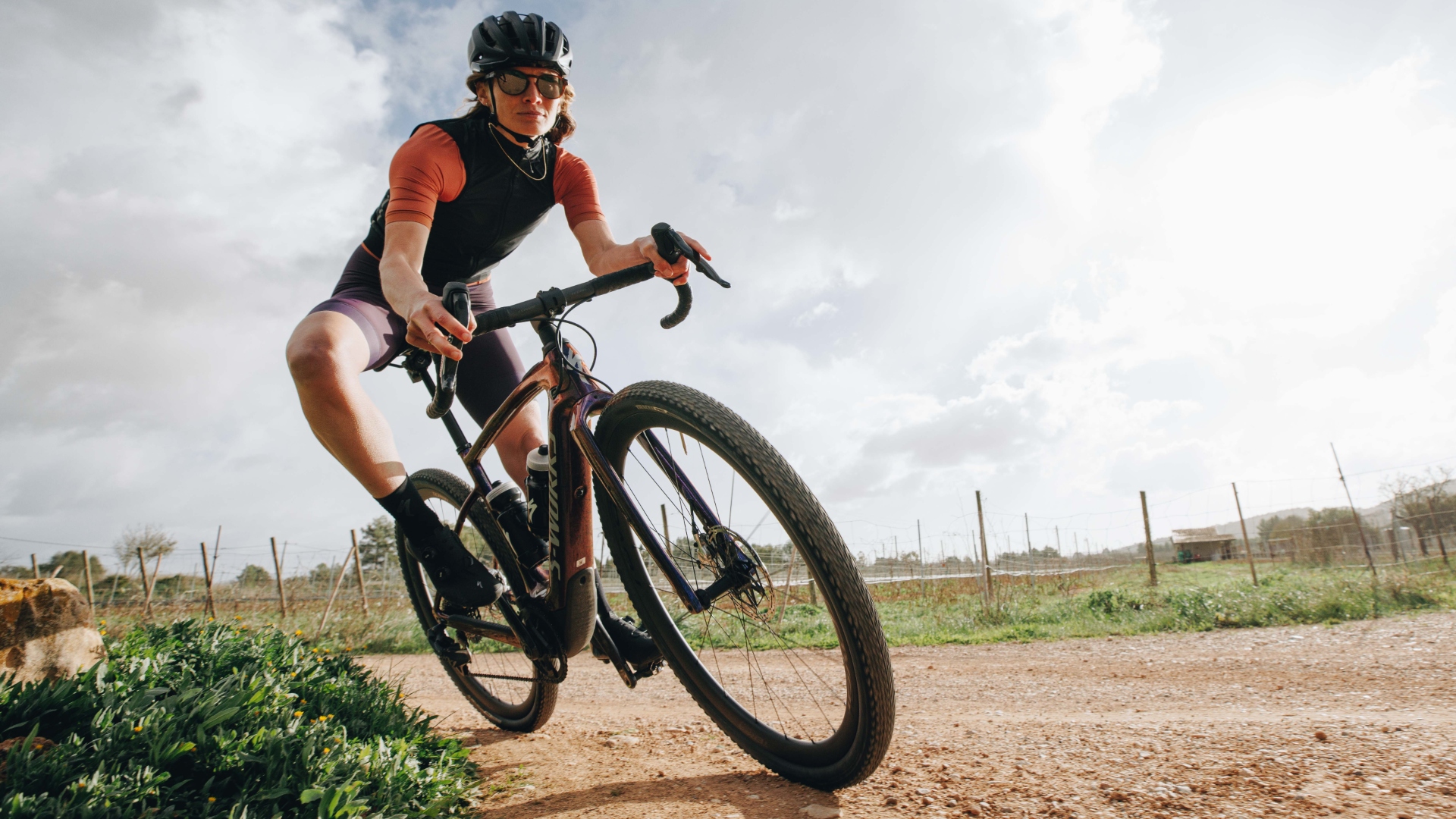 Specialized's gravel tyres get an update—first ride impressions of the all-new Tracer
Specialized's gravel tyres get an update—first ride impressions of the all-new TracerSpecialized’s sponsored athletes tend to win a lot of races: these are the tyres they’ll be racing on this year.
By Tyler Boucher Published
-
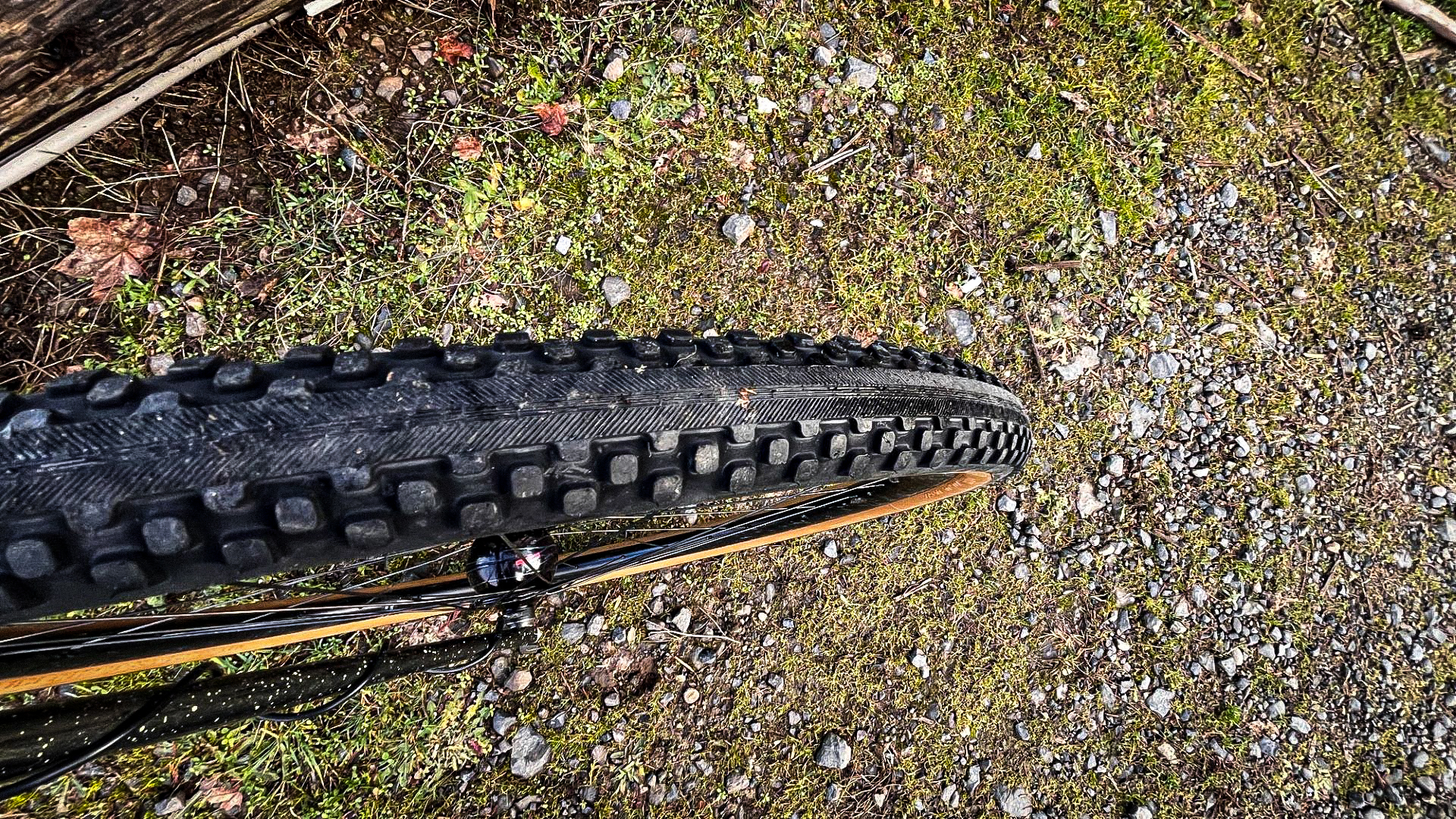 'Not just another semi-slick': a first ride on Rene Herse's first-ever part-knob, part-slick gravel tyre
'Not just another semi-slick': a first ride on Rene Herse's first-ever part-knob, part-slick gravel tyreWith pro racer input and patent-pending innovations, Rene Herse unveils a 'best of both worlds,' fast yet grippy gravel tyre
By Anne-Marije Rook Published
-
 Anne-Marije Rook's 2024 Gear of the Year: from the best brakes on the market to great earbuds and a statement t-shirt
Anne-Marije Rook's 2024 Gear of the Year: from the best brakes on the market to great earbuds and a statement t-shirtIn 2024, I fell back in love with road riding and witnessed women’s sports make history time and again
By Anne-Marije Rook Published
-
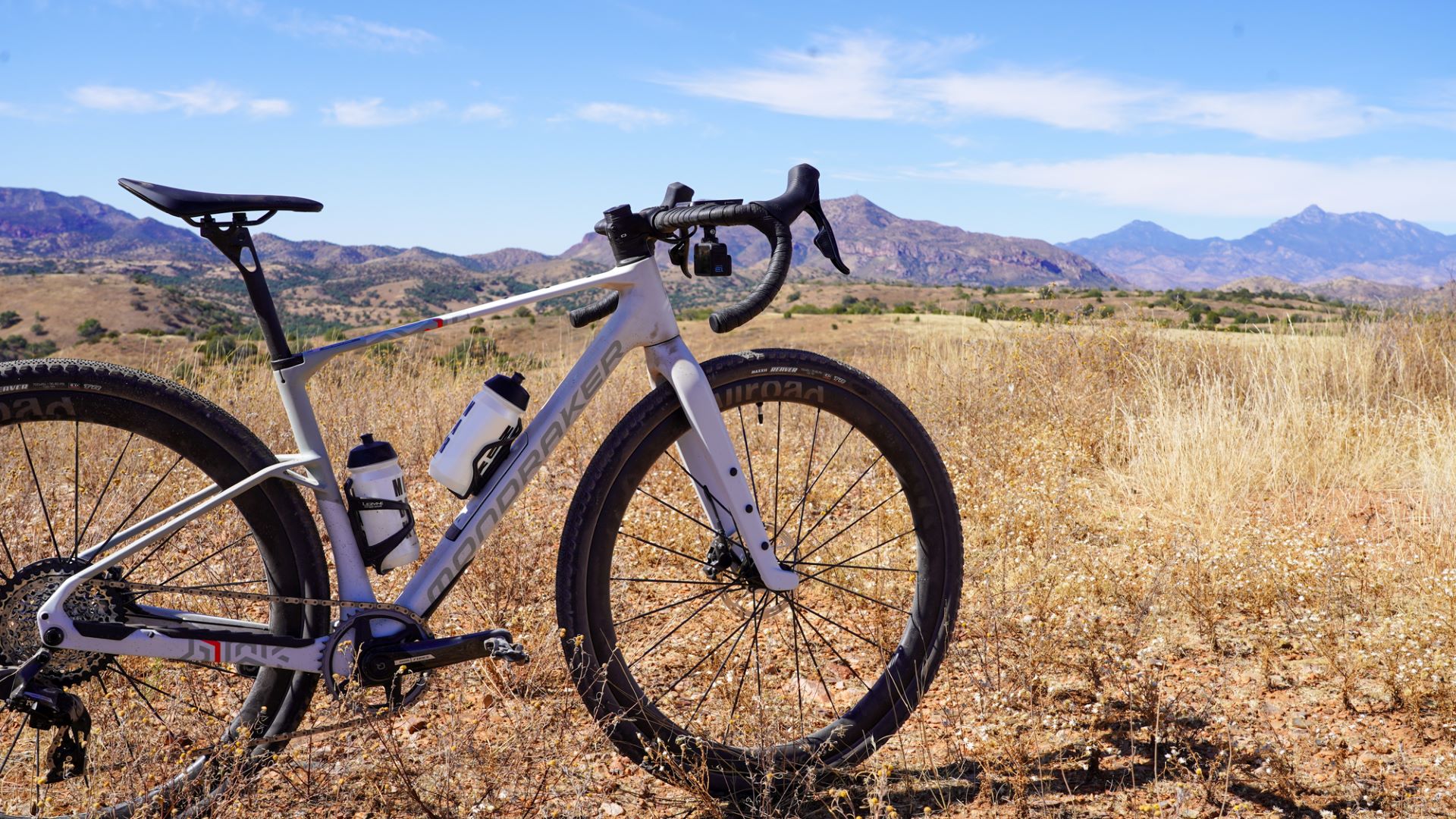 A first look at Mondraker's Arid Carbon, a bike for 'whatever your idea of gravel is'
A first look at Mondraker's Arid Carbon, a bike for 'whatever your idea of gravel is'Long reach, short stem: the Mondraker Arid Carbon is a gravel bike done a little differently
By Anne-Marije Rook Published
-
 When it came to the 350 challenging miles of Unbound XL, these were the only bib shorts I considered wearing – and yes, they’re on sale this Black Friday period
When it came to the 350 challenging miles of Unbound XL, these were the only bib shorts I considered wearing – and yes, they’re on sale this Black Friday periodMy all-time favourite bibs are now 30%. Don’t snooze on this deal. Your undercarriage will thank you
By Anne-Marije Rook Published
-
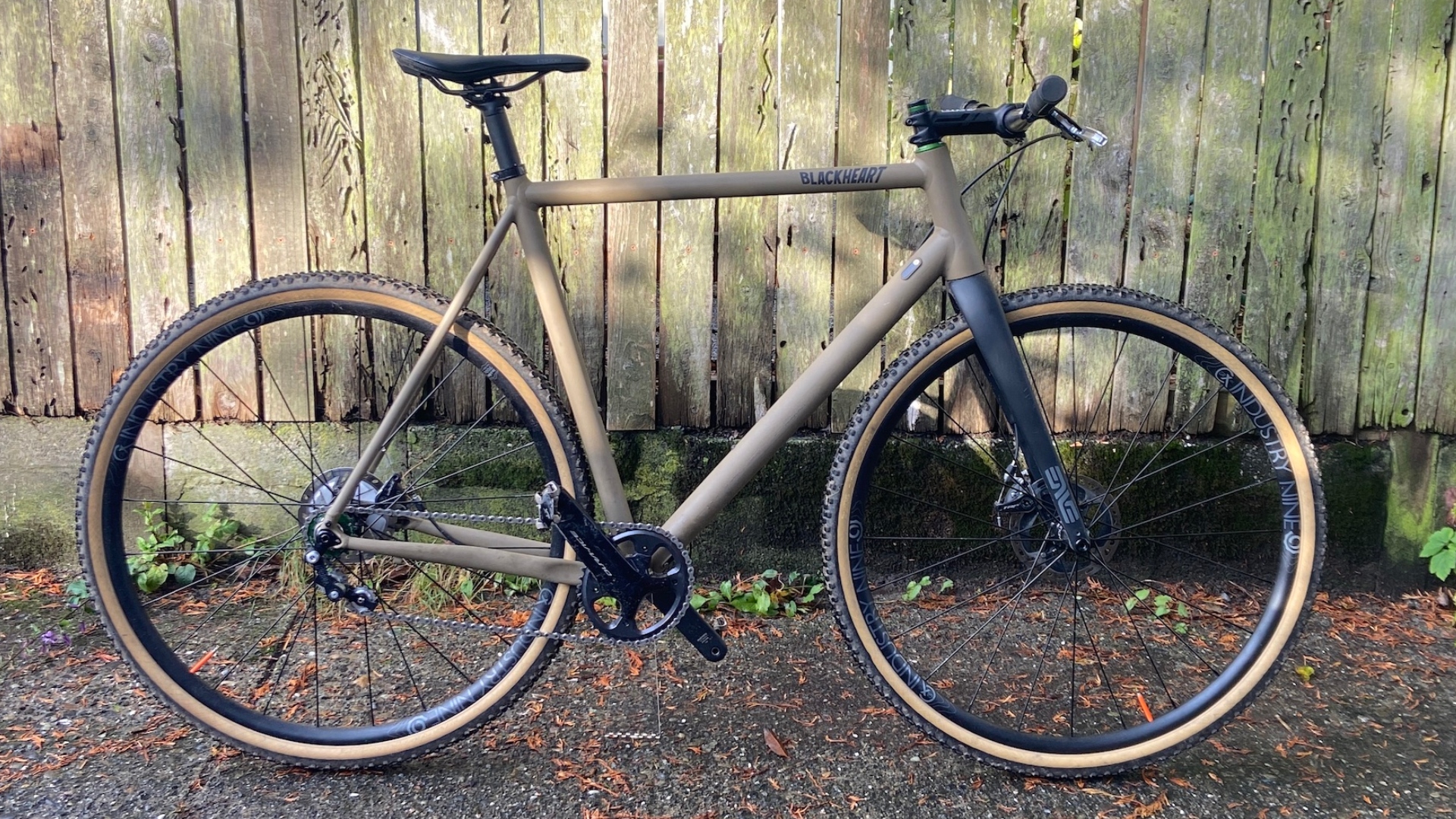 I used to think flat bar gravel bikes were silly, now I've tried one I know they're silly, but I'm into it
I used to think flat bar gravel bikes were silly, now I've tried one I know they're silly, but I'm into itFlat bar gravel bikes are a thing, and here's why they make sense for some folks and what to know if you're flat-bar-curious
By Tyler Boucher Published
-
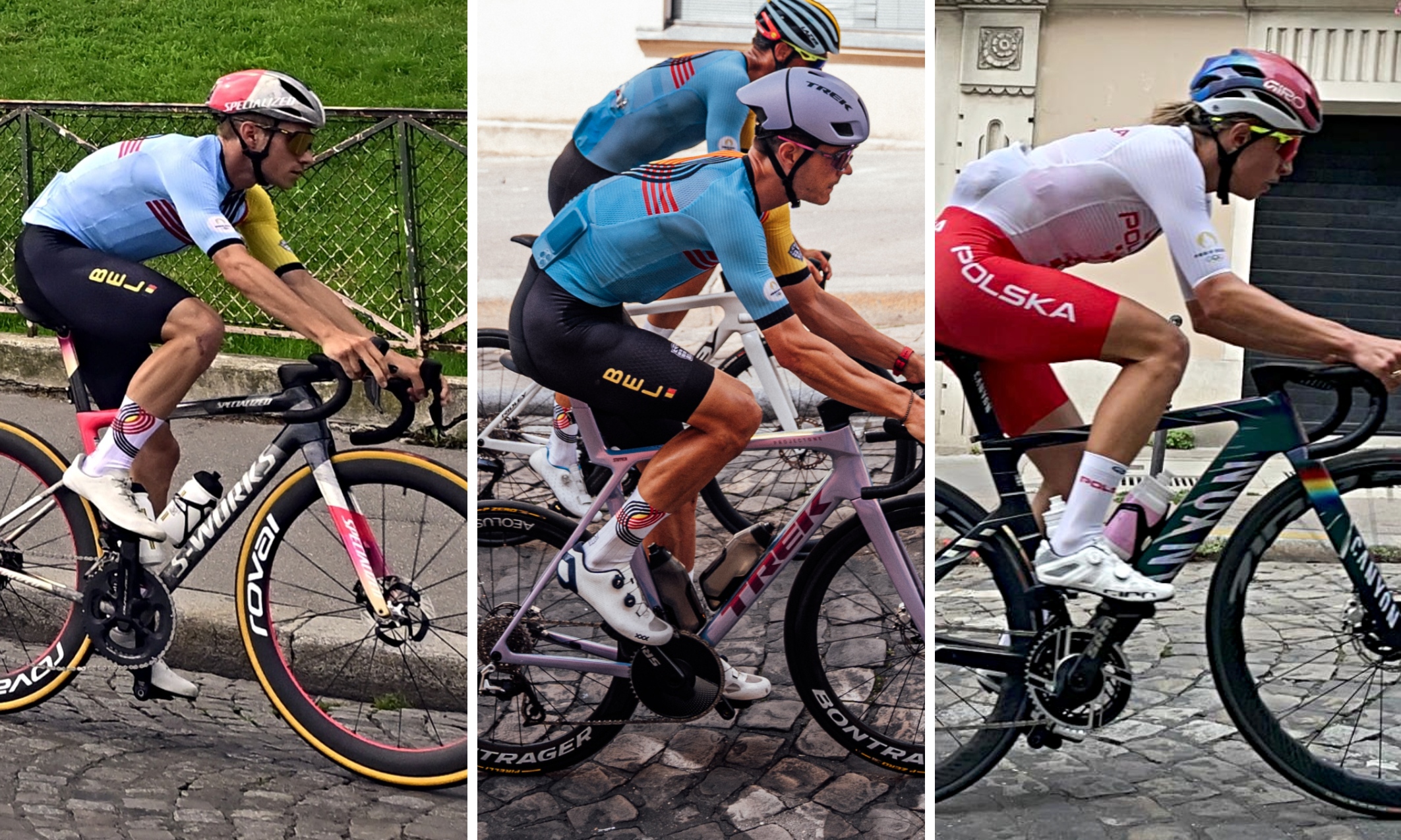 Specialized, Trek, Canyon, and more: Custom Olympics paint jobs break cover on road race recon
Specialized, Trek, Canyon, and more: Custom Olympics paint jobs break cover on road race reconThe world's biggest bike brands have pulled out all the stops for Paris
By Tom Davidson Published